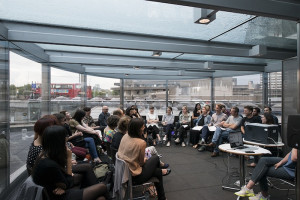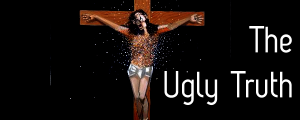Anna Barham, the organiser behind the Donna Summer-inspired live production reading group I Feel Love, has released the recordings from the Hayward Gallery event and they sound like love.
The August 14 event had 30+ participants alternate reading lyrics to Summer’s classic song I Feel Love as part of Hayward Gallery’s group exhibition What’s Love Got To Do With It. While the first three people read the song’s lyrics straight through, the fourth was asked to recite a speech-to-text interpretation of the first person’s reading (generated by a speech recognition software), while the fifth read an interpretation of the second’s, and so on.
The results are amusing; while some opt for dramatic, staccato readings, others take a playful approach, poking fun at the meaningless disco drone of the lyrics. Regardless of style, however, the lyrics are transformed through repeated readings and human-to-computer translation, exploring the “endless chain of subtly displaced meanings and altered utterances” in popular culture.
And though the 25-minute audio shows that little more than a good idea is needed to make a profound point, Barham will be expanding on the event, using the recording as inspiration for a piece of work in the future. **
The I Feel Love live production reading group was held at London’s Hayward Gallery on August 14, 2014.
share news item




